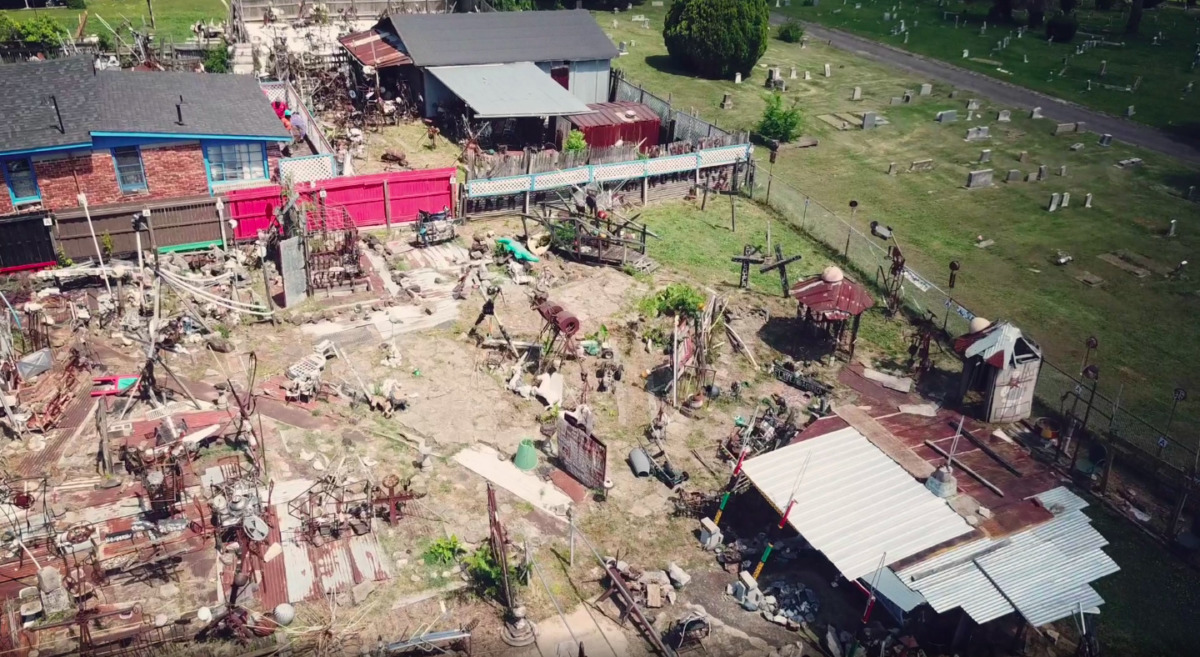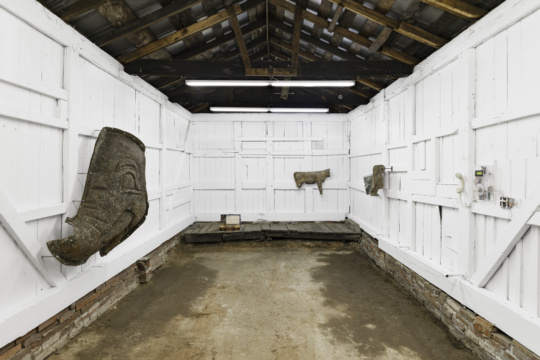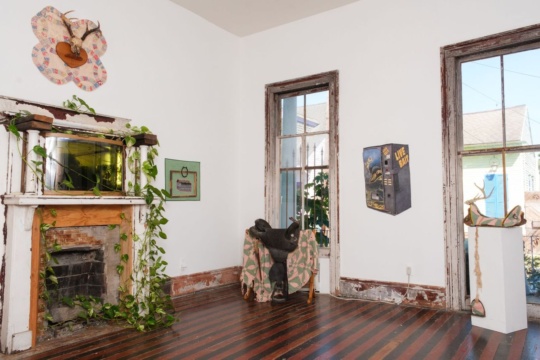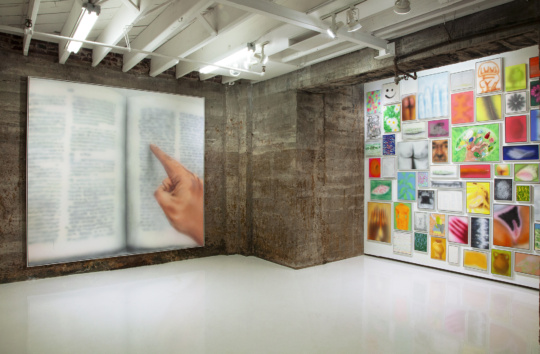
BIRMINGHAM—Using state-of-the-art imaging technology, the Souls Grown Deep Foundation and Community Partnership in collaboration with the University of Alabama is digitally documenting and preserving African Village in America, Joe Minter’s nearly one-acre art environment in Birmingham. The mapping and digital documentation of Minter’s work will be the first large-scale application of this sophisticated mapping and imaging technology to record and preserve an art installation. Launching in fall 2022, the digital rendering will offer immediate access to the artist’s site-specific presentation of found-object sculptures for both scholars and the public, who previously could only experience the monumental environment by visiting in person.
By working with The University of Alabama to create this digital reproduction of Minter’s environment, Souls Grown Deep and the artist will be able to leverage these visuals as a resource to generate support for its physical preservation as well. “Too many significant art environments have been lost to history; it’s our hope that like-minded foundations, museums, and universities will see this project as a model for future, equally urgent efforts to preserve and make more accessible site-specific art that cannot be easily transferred to a collection or institution,” said Maxwell L. Anderson, president of Souls Grown Deep.
Initiated in 1989, African Village in America is part yard show, part sculpture garden, and part memorial: a transformation of the land—near two historically Black cemeteries—abutting Minter’s home. Using found materials as well as natural objects, Minter, a former construction worker, has welded iron to form commemorations, from a room-size recreation of the Birmingham jail cell that held Martin Luther King Jr. to a monument to those murdered at Sandy Hook Elementary. Biblical scenes and signage are featured throughout the environment, as well as tributes to Black scientists and civil rights leaders. Works by Minter are today in the permanent collections of several leading art museums, including The Metropolitan Museum of Art, the National Gallery of Art, the Fine Arts Museums of San Francisco, and the High Museum of Art. Minter was also featured in the 2019 Whitney Biennial.
NEW YORK—A new bipartisan bill in Congress proposes a $300 million federal grants and commissions program for art workers. The Creative Economy Revitalization Act (CERA) is a joint effort between hundreds of cultural organizations to stimulate the creative economy through public art projects across the United States.
Introduced in the House of Representatives on August 13, the CERA is modeled after the Works Progress Administration (WPA) and Comprehensive Employment and Training Act (CETA), two of the largest federal jobs programs of the 20th century. The bill amends the Workforce Innovation and Opportunity Act of 2017, which stimulated public employment by $3.3 billion, to incorporate the program for fiscal years 2022 to 2024. The Department of Labor, in consultation with the National Endowment for the Arts, will award select individuals and organizations with payments dependent on required labor, with a five percent cap on administrative costs.
Since the COVID-19 outbreak, nearly two-thirds of the U.S. creative workforce — about 2.7 million workers — were laid off, furloughed, or forced into unstable labor environments, with the economy’s arts and cultural sector dipping by $15.2 billion. Creative jobs dropped fifty-three percent between late-2019 and mid-2020, recovering only halfway since then, and the prolonged pandemic continues to threaten re-openings of art spaces
Candidates must sign an agreement to maintain all labor domestically in accordance with union contracts. This means that many undocumented and migrant artists who are unauthorized for work will be ineligible despite their labor and contributions to the creative economy. Read more about the proposed bill on Hyperallergic.
Channel to Channel (CTC) announces relocation to Chattanooga in 2022
CHATTANOOGA—On September 30, Channel To Channel, a contemporary art gallery located in the Wedgewood/Houston Art District in Nashville, announced its plans to relocate to Chattanooga in 2022. CTC founder and director, Dustin Hedrick, added: “The focus of the gallery is shifting more towards a national and international approach by representing [Tennessee] artists abroad as well as pairing these artists with other great artists around the U.S. Much like what Locate Arts has [shown] us, there is tremendous talent in all of the four major [Tennessee] cities which is what we hope to convey with this move as well as the inaugural exhibition.”
CTC will occupy two spaces during the months of November and December 2021 before fully transitioning to a larger space in Chattanooga. The inaugural exhibition in Chattanooga will be a two-part group show featuring artists who have at one point in time called Tennessee home, opening on November 20.
April Parker becomes Managing Director of Elsewhere
GREENSBORO—On August 6, April Parker became Elsewhere’s Managing Director, marking the latest development in Parker’s decade-long relationship with the organization. Parker was a media specialist and radical librarian in the Greensboro Public Schools for the past six years until taking the Managing Director position at Elsewhere.
Elsewhere’s current Board President, Travis Laughlin, stated, “April is a change leader within the city of Greensboro, and Elsewhere has been the beneficiary of her work and vision even prior to her work as a Creative Catalyst Fellow in 2020. The impact of April’s work is already so prevalent with such accomplishments as the reactivation of the Heather Hart’s Porch Project and the creation of the Black Creatives Revival. April’s vision, commitment to community, and deep work in anti-racism are of immense value and importance to Elsewhere and the impact of her work in collaboration with the Elsewhere community is sure to resonate beyond the museum’s walls.”
NEW YORK—Paris Photo and Aperture Foundation announced the shortlist for the 2021 Paris Photo–Aperture Foundation PhotoBook Awards, celebrating the photobook’s contributions to the evolving narrative of photography, with three major categories: First PhotoBook, PhotoBook of the Year, and Photography Catalogue of the Year. First Photobook awardees include Weathering Time (London: GOST Books) by Nancy Floyd, Professor Emerita in the Ernest G. Welch School of Art and Design at Georgia State University. Take It from Here (Columbia, MO: There There Now), edited by Arksanas-based artists Zora J Murff and Rana Young, was shortlisted in the Jurors’ Special Mention category.




